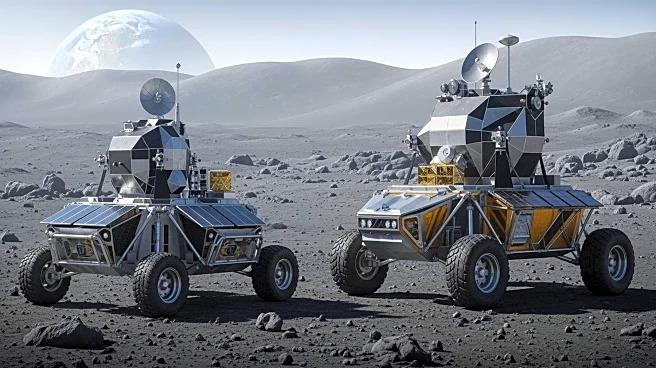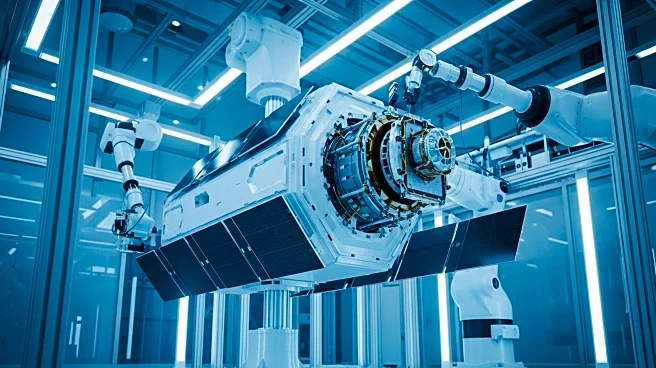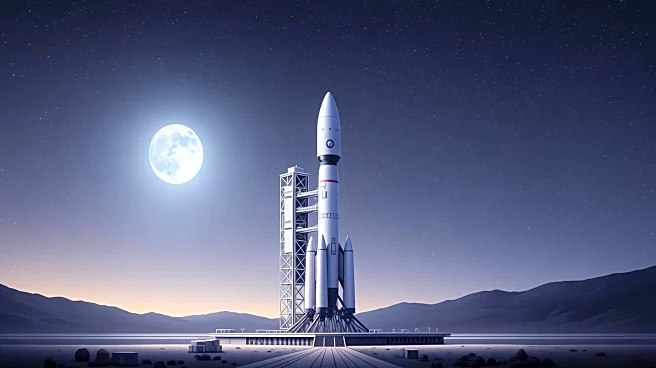What's Happening?
Space cameras have become essential tools in the modern space ecosystem, serving as critical instruments for Earth monitoring, planetary mapping, environmental forecasting, and intelligence gathering. The demand for advanced imaging systems is surging
as space technology shifts from government monopoly to commercial collaboration. The space camera market is projected to reach $6841.1 million by 2031, driven by miniaturization of satellites, technological breakthroughs in sensor design, and the strategic push for autonomy in space operations. Innovations in sensors, such as CMOS and CCD technology, are enhancing image quality and operational efficiency, allowing for detailed planetary surface mapping and atmospheric pattern analysis.
Why It's Important?
The expansion of space cameras is crucial for various industries and governments, providing the data backbone for decision-making, innovation, and geopolitical advantage. As the global space economy grows, imaging systems are essential for satellite-enabled services like communications, navigation, and Earth observation. The commercialization of space is reshaping the imaging ecosystem, with private-sector-led innovation driving technological advancements and economic growth. This transformation presents lucrative opportunities for component manufacturers, optics firms, and AI imaging software developers.
What's Next?
The future of space imaging will likely involve innovations in quantum imaging, AI-powered compression, and adaptive optics, enhancing accuracy and reducing data latency. Collaboration between government agencies, private companies, and research institutions will be key to advancing imaging technologies. As the space sector matures, sustainable design principles and regulatory frameworks will shape the development of imaging systems, ensuring responsible management of space assets.
Beyond the Headlines
The rise of space cameras underscores the importance of ethical and security considerations in space exploration. High-resolution imaging capabilities raise questions about privacy, surveillance, and environmental stewardship, necessitating compliance with regulatory standards and data protection laws.













